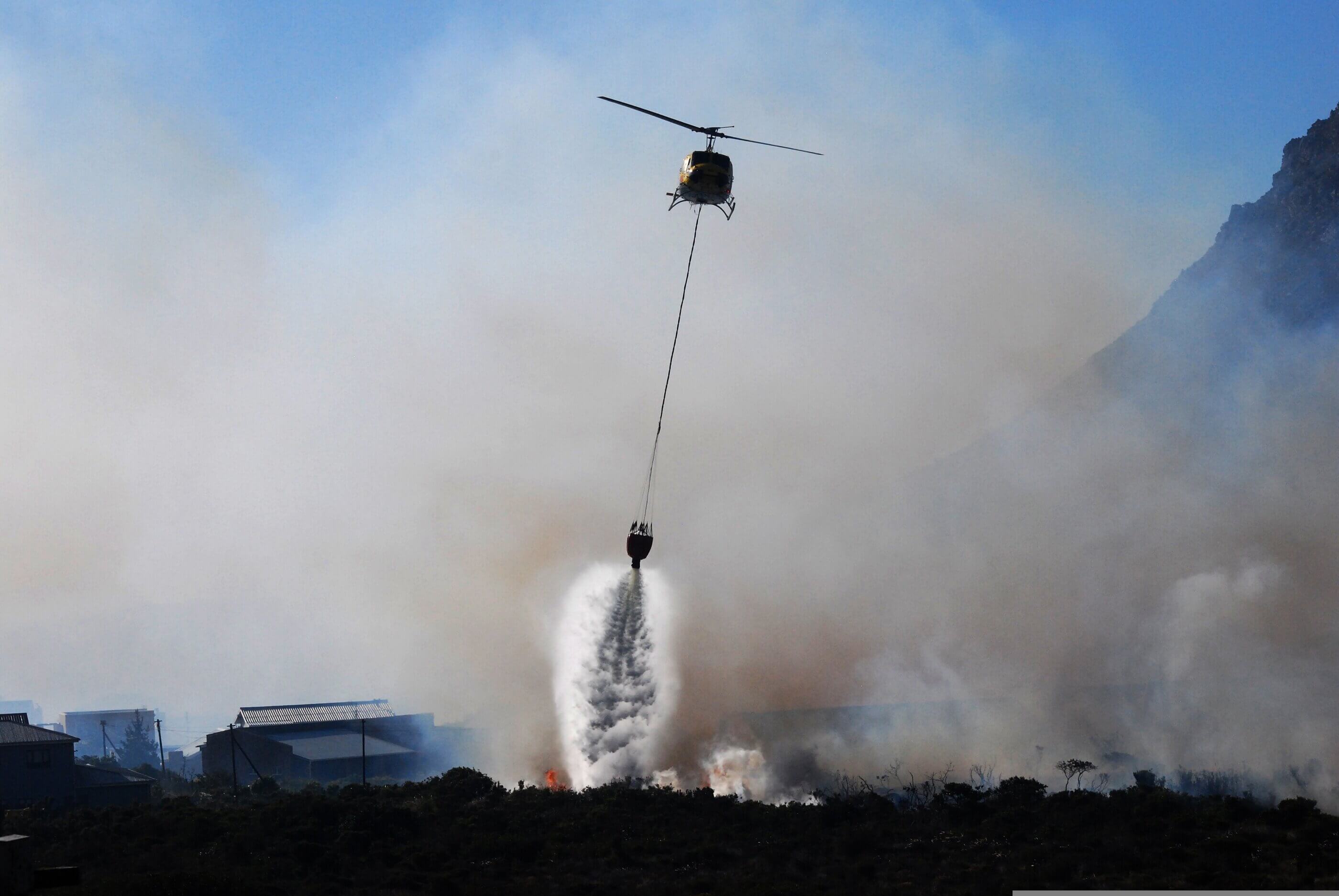For the past 40 years, SEI Industries’ core business has been the production of wildfire suppression equipment. In recent years, the company has become concerned that, despite the hard work and dedication of thousands of staff and contractors, climate change is quickly outpacing the resources available to provincial wildfire agencies across Canada.
During extreme wildfire events, more than 50 countries, including the United States, the United Kingdom and many parts of Europe, use their military helicopters, equipped with Bambi Buckets, to fight wildfires. Canada is not one of those countries.
Although Canada’s military helicopters often deploy to wildfires to assist with the movement of people and equipment, these aircraft do not actually fly any firefighting missions – unlike the strategy used by more than 50 other countries around the world.
The Royal Canadian Air Force (RCAF), with its fleet of more than 100 capable, and proven helicopters, are not equipped with Bambi Buckets, or any other kind of fire suppression capability that could help civilian authorities in emergencies.
SEI Industries said it has recently reached out to members of legislative assembly, members of parliament, mayors, First Nations leaders and Prime Minister Justin Trudeau to encourage officials to consider equipping Canada’s military helicopter fleet – using the same Bambi Bucket that 50 other countries have already used successfully on their military aircraft for wildfire fighting.
Invented and manufactured in British Columbia by SEI Industries, the Bambi Bucket is used in 110 countries to help fight wildfires through strategic and precisely targeted water and retardant drops. Almost every wildfire helicopter operator in Canada is equipped with a Bambi Bucket and the largest model can drop more water than some water bombers.
Mutual aid
In extreme fire seasons, such as 2021 and 2023, wildfire resources can be expanded through mutual aid agreements or contracts (with other provinces or countries). However, in the future, we are concerned that, with climate change creating more frequent and aggressive wildfires worldwide, many of these resources will be kept at home as they battle their own fires.
So far, this year, 11 countries from six continents (all but Antarctica) have sent a total of 3,200 firefighters to Canada but many noted that they could only do that because their own country was having a slow fire season. A recent Washington Post article delves into why this may not be sustainable.
There is also a global shortage of pilots, which means that integrating military pilots into wildfire fighting duties would help to bolster that resource. Early in the 2023 wildfire season, some helicopter pilots in B.C. were already “timed out” and sat on the ground having used up their limit of hours as mandated by Transport Canada (for safety reasons, there are both daily and monthly hourly limits for pilots).
Meanwhile, in more than 50 countries, the integration of military pilots into state and national wildfire services has already been completed successfully with military pilots finding the firefighting missions to be challenging and a great addition to their flying skillset.
According to research, Russia, Canada, Brazil, Angola, and the Democratic Republic of Congo are the top five countries in the world facing the highest risk of forest fire.
Many experts say wildfire no longer has a “season.” It is all year long, thanks to climate change.
“Looking forward, we know that the mix of climate change and wildfire is going to outstretch our resources and likely that of mutual aid partners as well,” said Paul Reichard, remote site division manager at SEI Industries.
“ At present, we have one untapped resource, namely 100 military helicopters, that could become an “option of last resort.” Canada is behind 50 other countries who have already taken advantage of that option.”
“With the utmost respect for all that our military pilots do for Canada already, we hope our proposed idea of integrating them into wildfire fighting as ‘surge capacity’ will act as a catalyst to better protect communities and natural resources as well as, hopefully, increase recruitment and support for the RCAF,” said Robin Cnudde, regional manager, SEI Industries.
This press release was prepared and distributed by SEI Industries.






As a former Canadian Forces pilot with over 7000 hours flying Seakings, Twin Hueys and Griffons, I would like to point out that we used to have water buckets which we used with the Huey. It is my understanding that those buckets were removed from inventory after a commercial operator complained to his Member of Parliament that we were doing a job that he could be getting paid to do. My last recollection of doing water bucket operations was during range fires in Gagetown in the summer of 1993. The buckets disappeared shortly after this. I believe that most CF pilot would welcome the opportunity to contribute during this, or indeed any, national emergency.